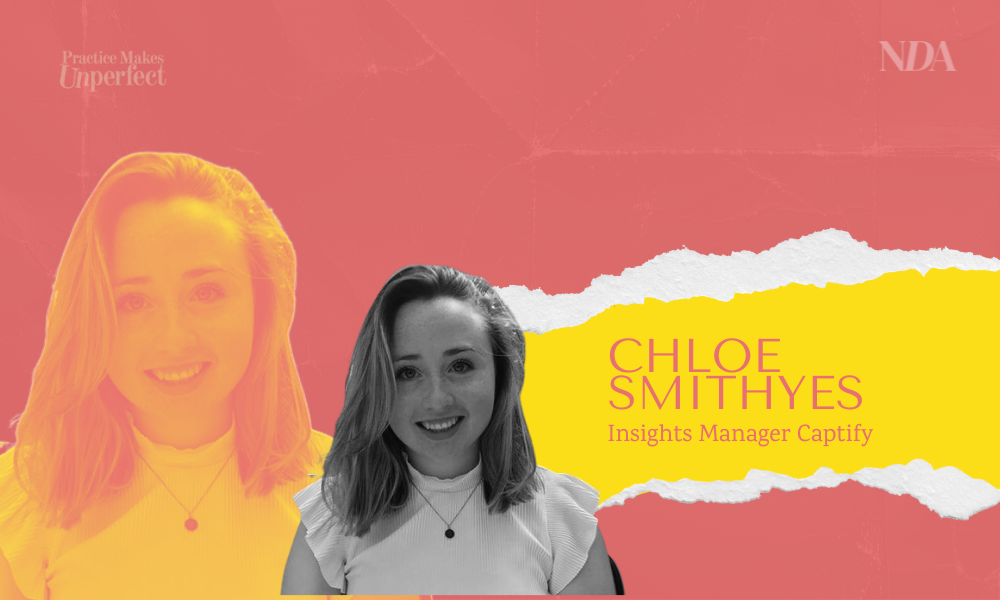By Chloe Smithyes, Insights Manager at Captify
These articles have been written by the latest cohort of the Practice Makes UnPerfect programme – a course that helps women find and finesse their public voices
Inclusion is a word most of us probably strive to achieve in all parts of our lives; from friends to hobbies to work. But in terms of the workplace in 2022, what does it actually mean… and what does it stand for?
Inclusion is a relatively new buzzword that has flown around job specs, interviews and company statements for the last ten years. The Oxford English Dictionary defines inclusion as “the practice or policy of including people who might otherwise be excluded or marginalised, such as those who have physical or mental disabilities and members of minority groups”. So in theory, employers should be listening and respond to every voice within an organisation. In my experience, however, inclusion is a word recruiters use when mindlessly selling a new job – “Oh this isn’t just a great company, it’s an inclusive company”, which to me (as a 20-something), gives off Regina’s mum in Mean Girl vibes: “I’m not just a regular mom, I’m a cool mom”.
So what creates this disparity between what we’d like inclusion to be and the narrative currently surrounding it?
Unfortunately, people in senior management roles can often be unaware of minority groups that are feeling excluded. A report by Accenture found that 68% of leaders felt they created empowering environments in which employees could be themselves, raise concerns and innovate without fear of failure, however only 36% of employees agreed.
A further issue is that to drive inclusion, you have to create a safe space and drive that conversation, ensuring everyone feels heard. However, internal D&I events are usually implemented by a handful of people and driven by senior employees. This is, ironically, the very crux of the problem – if you have only a few people driving the conversation then the majority are unheard.
Verna Myers, an inclusion strategist, cultural innovator, and social commentator, says that diversity and inclusion should be considered as different things: “Diversity is being invited to the party. Inclusion is being asked to dance”.
Discussing the topic with a friend, I found a great example of this. An email was sent around their workplace to ‘celebrate’ World Mental Health Day, reminding employees of the significance of the day and to remember to “talk”. The email was intended as an inclusive exercise inviting people to get involved or in Verna Myers’s words “inviting people to the party” but, the form in which this email was sent – without a call to action or creating a space for people to talk – meant that no one had been “asked to dance”.
So how can we get more people dancing in 2022?
Dedicated days and months have helped to drive conversations around diversity and inclusion but there is a limit to their impact when they are only talked about for a select period of time. A study by LinkedIn proves this, in relation to Pride month (June). In June 2020 all company posts covering D&I topics more than doubled (2.2x) year-on-year, but by July 2020, rather than doubling diversity content, posts were up just 1.5x compared to the previous July. In a one month period, the discussion dropped by nearly half. If we remove the companies making a statement during and about Pride month and focus on the education and effort to drive meaningful conversation, we can create a space and foundation for conversations to be continued and built upon. You can’t learn a new language in a month, so why are we limiting the discussion to just one month of coverage?
We should remember that inclusion is only achieved when each individual feels valued and accepted. And that takes time. Companies must keep talking continuously, making space for these conversations to be had by all employees as if people don’t feel accepted or included, you no longer have a team, but a group of unique and powerful individuals.









